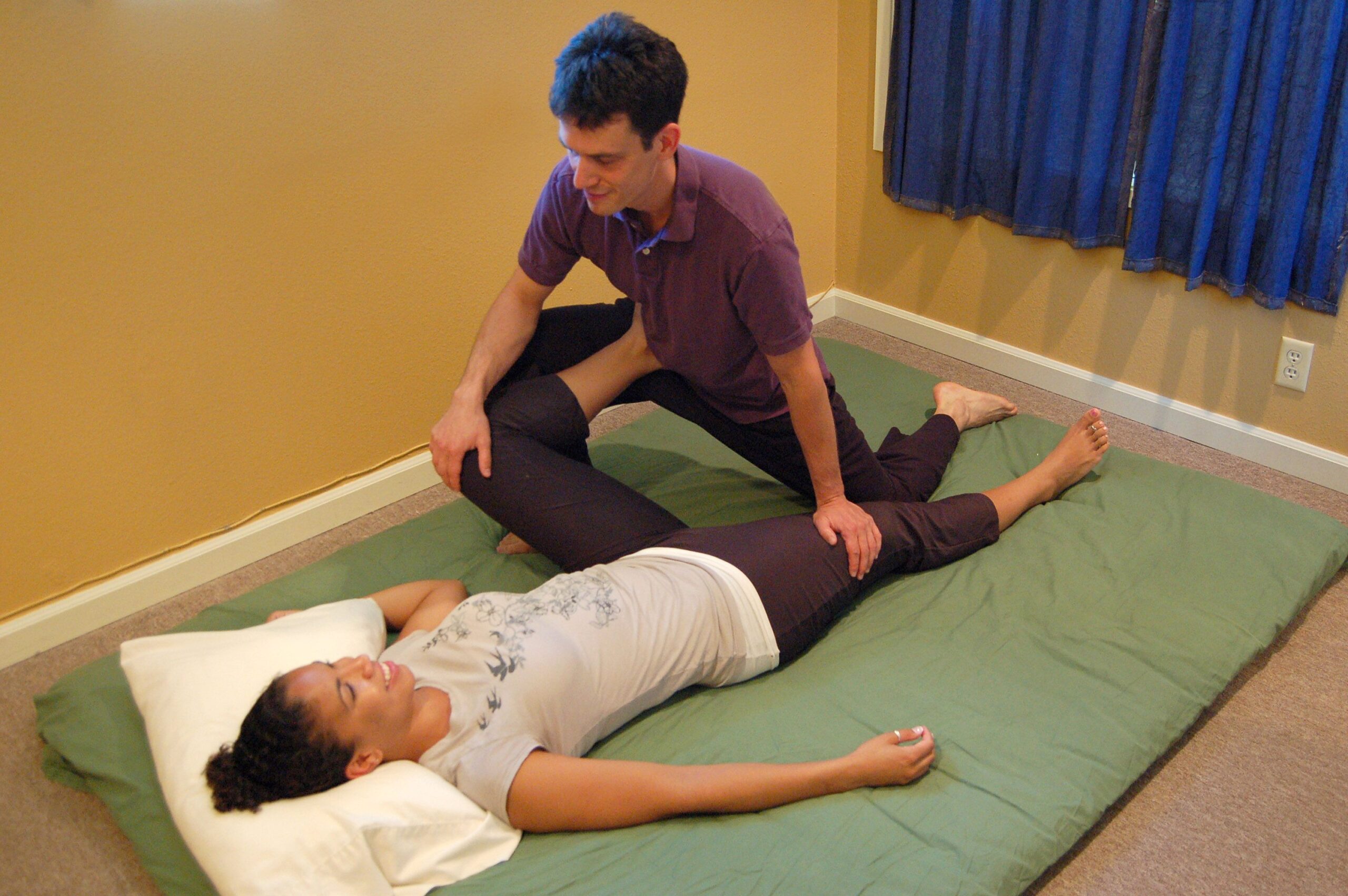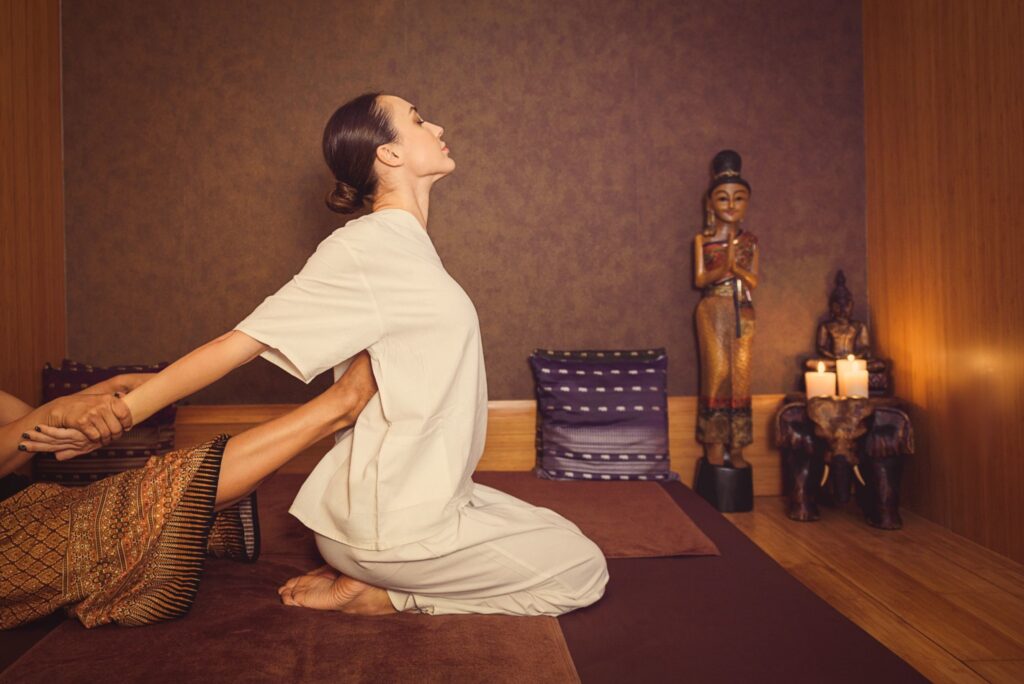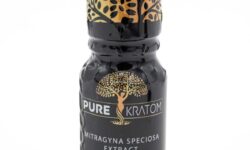Understanding the Different Types of Asian Massage: From Shiatsu to Thai
Asian massage has become increasingly popular in recent years. It is a type of massage that involves special techniques from different parts of Asia, such as China, Japan, Thailand and Korea. There are various types of Asian massage that one can choose from depending on their needs. Finding the right type for you can be confusing; however, understanding the difference between them all will help you make an informed decision when selecting your massage therapist. One way to find reliable practitioners is by using Rubmaps – an online resource that provides detailed reviews and ratings for local spas and therapeutic centers offering these services.
Shiatsu Massage
Originating in Japan, Shiatsu massage uses pressure applied with fingers, thumbs and palms to specific points on the body called acupressure points. This practice is based upon traditional Chinese medicine concepts relating to energy flow through meridian pathways in our bodies; it works to unblock areas where there is a build-up or stagnation, restoring balance throughout the entire system. This massage helps improve circulation, reduce fatigue and encourage relaxation.

Tui Na Massage
Tui na originates from ancient China and means “pushing-grasping”; this therapy involves stretching, pressing and kneading techniques along certain reflexology zones that link up with organs within the body. Tui na also includes joint manipulation and cupping therapies which aid in relieving pain associated with problems such as sciatica or backaches due to muscle tension. Other benefits include improved sleep quality, better digestion and mental clarity among others.
Thai Massage
This form of therapeutic bodywork originated in Thailand hundreds of years ago but recently gained popularity around the world due to its numerous health benefits, including increased flexibility & mobility as well as enhanced circulation, resulting in improved overall well-being. It combines elements from shiatsu & tui na massages while incorporating yoga postures that focus on stretches involving muscles & joints simultaneously promoting deep relaxation within both mind & body.
Four Hands Massage
Four hands massage (also known as dual massage) combines two masseuses working together on one individual at the same time – synchronizing movements so they almost appear like a dance routine! The aim here is usually not only for relaxation but also to provide relief from chronic pain conditions such as fibromyalgia or arthritis since twice the amount of pressure can be applied during treatment sessions allowing faster results than conventional massages would provide alone.
Aromatherapy Massage
Aromatherapy is often combined with other forms of Asian massage, such as Shiatsu or Thai treatments, adding an extra layer of healing through the use of essential oils extracted from plants such as lavender, peppermint & chamomile, among others, depending on what best suits each person, ‘s needs/conditions being treated by therapists. These natural scents work wonders, calming anxiety levels while helping to rebalance energies, and creating a sense of peace within individuals, whether it’s used during aromatherapy sessions alone or alongside any of the other types mentioned above.

Hot Stone Massage
Hot Stone Therapy adds another powerful element to classic Asian massage treatments such as Shiatsu or Thai, using heated stones strategically placed over sore spots/pressure points, allowing the heat to penetrate deeper into the tissues, relieving stiffness, stress and tension much faster than regular human touch could do alone. Lubricants may be used to allow the masseuse to glide the cooled stones over the affected areas, providing an overall beneficial effect and improving physical & mental states whilst creating the ultimate sense of relaxation.
Table Thai Massage
Table Thai style basically consists of the practitioner performing stretches/movements over the fully clothed body of the patient, who lies comfortably on a padded surface. It differs slightly compared to regular Thai because here, the therapist uses a table instead of a floor for support plus combines elements derived from western techniques, making it a more suitable option for some people specifically looking for a lighter approach without compromising effectiveness, though still obtaining major health benefits associated mostly when opting for combined treatments modalities mentioned above combined altogether forming unique yet effective experiences specially tailored according to customer’s own personal wishes accordingly.



